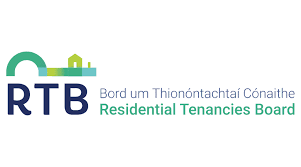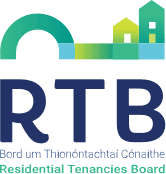We are all well aware that Ireland is consistently failing
to achieve its carbon emission targets set by the EU. Whilst major reform can only be brought about
at Government level, we can all do our bit in our homes to reduce carbon
emissions, reduce energy and help save our planet.
More than 70% of the average household energy consumption is
used by central heating systems. The
average homeowner spends €1,850 heating their home each year.
But it’s November.
There’s a definite nip in the air and we need to heat our homes. What are the most energy efficient options
and what can we do to cut down on heating usage?
Insulation
Quality insulation reduces the amount of heat needed to warm our homes. There are three types of wall insulation:
cavity wall insulation and, external wall insulation and internal dry lining.
On average, a home loses between 20 – 30% of its heat through walls. You can
save up to €600 per year on heating bills through properly insulating your
walls. Grants for insulation are available
in many circumstances that range from €300 for attic insulation, to €6,000 for
external wall insulation.
Heat pumps
Grants are also available for heat
pump systems. These are
electrical devices which convert energy from the air outside into useful heat,
in the same way a fridge extracts heat from its inside. In well-insulated
houses they are very economical to run. They are an extremely efficient
alternative to traditional oil, gas, solid fuel and electric home heating
systems. Once the heat is within the pump, it is distributed within the home
through radiators, underfloor heating or warm air units.
Heat Recovery Ventilation Systems
These systems are best for new or renovated buildings. The HRV System recovers heat from the air that
is evaporated from the hot water used in bathrooms and kitchens and then
transfers this heat into fresh air that is ventilated into your home.
Electricity Supplier
Switching to a renewable energy electricity supplier will reduce your home’s
carbon dioxide emissions. Before switching, compare tariffs to get one that
works for you.
Zoned Heating
Ensure your heating system has the ability to heat particular zones of your
home independently of each other, for example, downstairs only. One switch to power the whole house is
extremely wasteful.
Biomass Boiler
Biomass boilers use wood chips, wood pellets or logs as their primary source of
fuel. They need more space to install
since they are bigger than the average oil-fired boilers. Also ensure you can source a fuel supplier
before installing.
Under-Floor Hot Water
Pipes
Hot water pipes significantly reduce the household energy consumption when you
install them under the floorboards. Much easier to do when building rather than
altering afterwards.
Radiator Panels
Radiator panels are among the most affordable energy efficiency measures
that can be taken in a home. They are
also easy to install and require little maintenance. Radiator panels work by
reflecting the heat produced by the radiators to ensure that the heat warms up
the room instead of the walls.
Thermostat
The higher you set your heating appliance, the higher the household energy
consumption levels. At 18⁰C, your house is warm and comfortable. Set your radiator thermostat and the
individual radiator valves to maintain this temperature.
Rearrange your
Furniture
The layout of your furniture may determine the heat absorption rates of
your house. For instance, a couch positioned in front of a radiator absorbs the
heat and so more heat is generated to warm the room. Moving the sofa away from the heater helps
heat circulate freely. You should position furniture pieces with dense fabric
away from your central heating appliance.
Curtains
Open curtains during the day to allow sunlight to enter the house. The heat from the sun will help maintain warm temperatures. Close them when it starts to get dark outside as they add an extra layer of insulation at night needed to maintain warmth.
Small changes will make a big difference.




